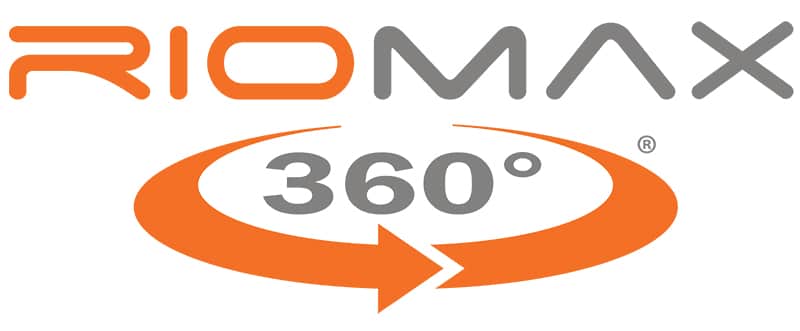taking time to do it right
Jacob Tejral is making his mark in the ranching world.
MEET Jacob Tejral

Hay Springs, NE
You can learn a lot when you’re just killing time. At least that’s Jacob Tejral’s story on why he started using Riomax®.
He was at a trade show several years ago, killing time between speakers, when he started talking to a Riomax® dealer who had a booth. “So I started picking his brain about it and he had a lot of really good things to say.”
Then, the dealer grabbed some customers who walked by. “They gave me their testimony and it sounded like a pretty good deal.” Turns out, it was. More on that in a moment.
Ranching in Hay Springs
First, meet Jacob. He, his wife, Maddison, and their young son Thatcher run about 50 black hided SimAngus cows while Jacob works as a ranch hand on a larger outfit south of Hay Springs, Nebraska, right on the edge of hard grass country and Sandhill country, he says.
His wife works beside him, helping with the cattle, and works a couple of days a week at the local locker plant. Their son has all the indications that he’ll follow in the ranching tradition. “He loves cows and loves tractors, making hay,” Tejral says.
“We lease all our ground at the moment. We don’t have any of our own stuff.” That may very well change some day. For now, however, the situation dictates that he often has to find winter corn stalks wherever he can. But he’s fortunate. “We have an abundance of corn stalks in our local area. We’re in a little pocket where we’ve got an irrigation district and plentiful groundwater. So there’s quite a few pivots.”
Often, he’ll run his cows on stalks along with the bosses’. Other times, he’ll find his own winter ground that’s a little cheaper.

He’ll go to summer grass the middle of May and AI the cows, then turn the bulls out the last week in June for 60 days. The cows stay on the leased summer grass until corn stalks or other winter pasture becomes available after harvest, usually the end of October. The cows stay on winter grazing until the middle of March, when they come home to calve in a dry lot.
While he’s been using Angus semen and bulls on his cows, he’s going to make a change in his genetics that may be considered a little controversial. Rather than outcrossing with another of the more mainline breeds, he’s looking at turning out Aubrac bulls.
“They’re a pretty small breed,” he says, in terms of the number of cattle in the United States. “They came from France, but their ability to convert very low-quality feed into a good meat product is what’s drawing us toward them.”
Because their numbers are few, their genetics are still consistent with their homeland cousins. “So the quality of the cattle is just a lot more consistent,” Tejal says. “We’re going to put those on our black cows and try to create crossbred females to go forward with.”
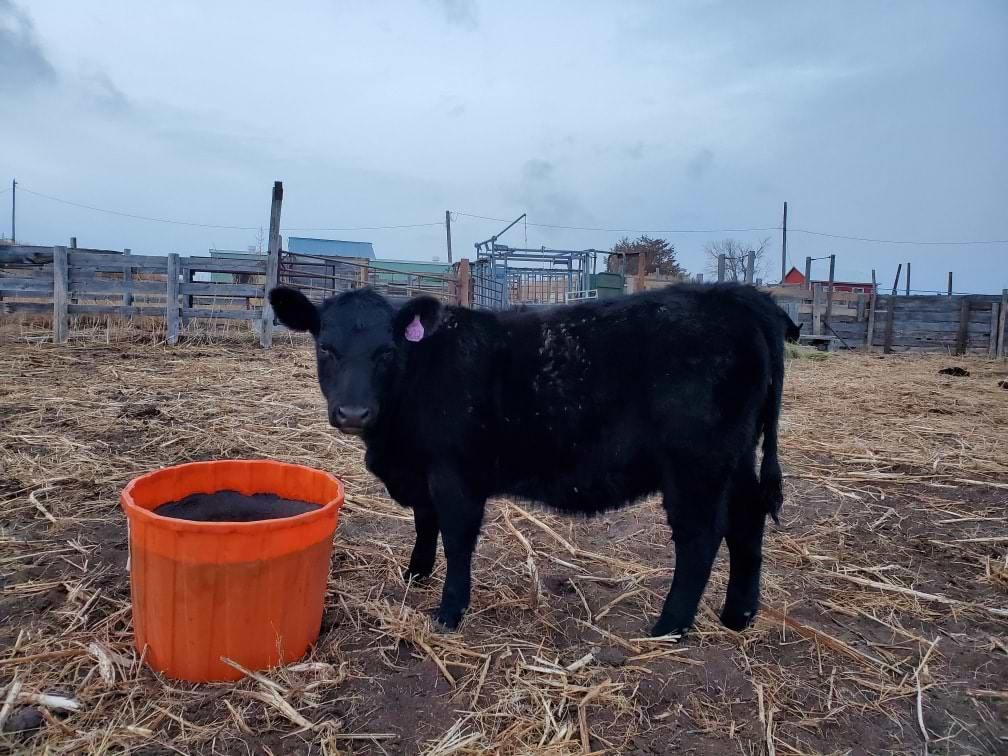
Riomax® to the Rescue
Given that his cows spend the winter on very low-quality feed while growing a calf, genetics are important. Adding Riomax® to the mix provides the boost to allow those genetics to shine.
After his trade show experience, he and his wife decided to give the orange tubs a try. They decided to stay with Riomax® for a year to give it a fair test and see if it really did all the things they heard.
“We started in the fall of 2021,” he says, when his cows were on corn stalks. But he didn’t notice much difference. He saw a little bit of hay savings when he moved them to the dry lot for calving, “But it was tough because our cows were mixed with the bosses’ first calf heifers that had not been on Rio. So it wasn’t a very good trial run that first calving season.”
Then summer came around and that’s when he began to see what Riomax® can do. “I think one of the first things was a few of our old grandma cows that looked kind of rough the year before but got pregnant, they didn’t look so rough that year,” he remembers. “We noticed that they were holding condition and putting condition on, whereas the year before, we were thinking we were going to have to part ways with them.”
Given that summer that year was dry, that’s telling. His landlord was running some cows in an adjacent pasture and a glance across the fence told the tale. “His cows were up at all hours of the day, looking for something to eat, pacing fences and they weren’t content with what they had,” he says.
The landlord noticed the difference. “He asked me if my cows had enough to eat because his cows were acting like they didn’t have enough to eat and mine did. Mine would lay down by the middle of the morning because they were full and content. You could drive a vehicle out there and they weren’t running, looking for an open gate and new grass.”

If that didn’t seal the deal, preg check time came around and recorded a 98 percent rate. What’s more, between one round of AI and clean-up bulls, the vet called an 85 percent pregnancy rate for the first 21 days of the breeding season. The year prior, without Riomax, his cows came in 93 percent bred with 70 percent in the first cycle.
“So that was a big thing for us. Something was going right.”
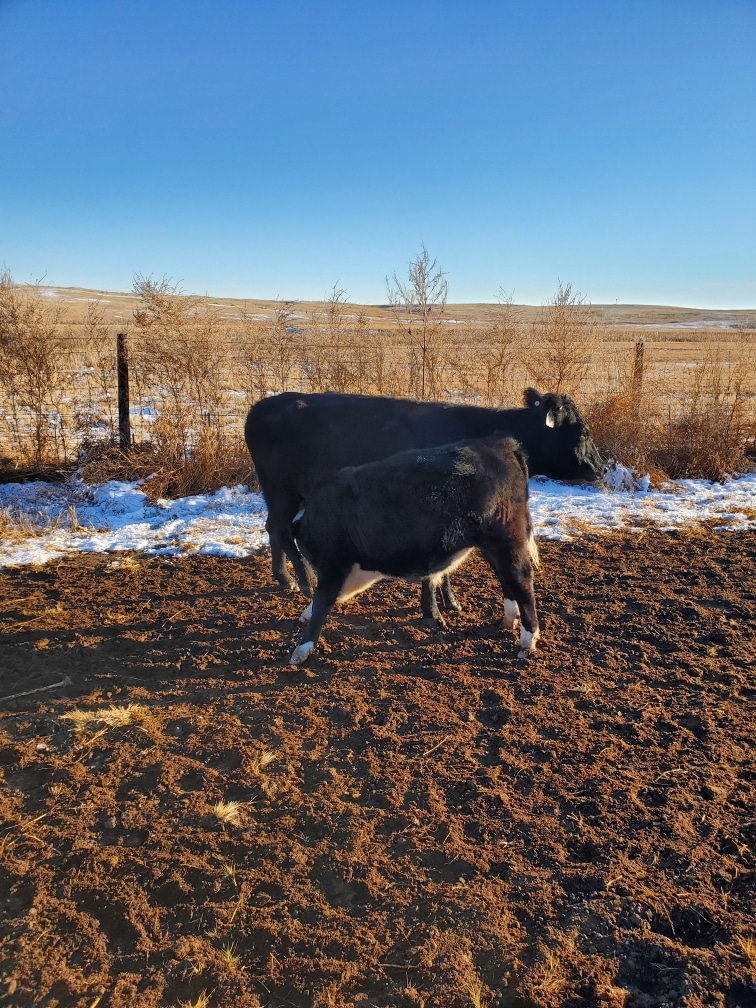
Normally, he and his wife background the calves before selling them in February. Given the dry year and expensive hay, he decided to sell that calf crop off the cow, after weaning in October. “The steers went across the scale November 5 weighing 575 pounds and the heifers averaged 535. That’s very similar to what the calves weighed in February the previous year. And these were four months younger.”
Then he went to winter pasture and that sealed the deal. He leased some dryland corn stalks, wheat stubble and a grass field that had been hayed, all in one piece. “The price was right and we took that chunk of ground and we’re going to let them stay as long as they could.”
On top of very low-quality feed, it was a tough winter. “We had multiple blizzards, multiple sub-zero days, multiple days of 50-mile-an-hour wind and the cows didn’t miss a beat,” he says.
“They were out digging through the snow, eating,” and their condition generally held in the tough weather and limited, low-quality grazing. “I think we fed four or five bales of hay all winter to those cows, and they just didn’t need it. They didn’t act like they needed it, they didn’t look like they needed it.”
The Tub That Pays for Itself.
The upfront cost of Riomax® tubs can be a concern. But Tejral says, without a doubt, the Riomax® tubs pay for themselves. “And then in 2023, we got the Repel tubs with garlic in them to try to reduce the fly pressure.” While flies were around, he noticed very few on the cows’ faces. Which, when it comes to pinkeye, is a great thing to see, he says.
“One thing I noticed is I see my cows spread out in the afternoon” on summer grass, he says. “Whereas most of the neighbor’s cows are tucked away in a corner, balled up, swatting flies off each other. I have yet to see my cows do that. I can see part of the pasture from the gravel road. Quite often, I see them spread out on the hillside, just lounging in the afternoon.”
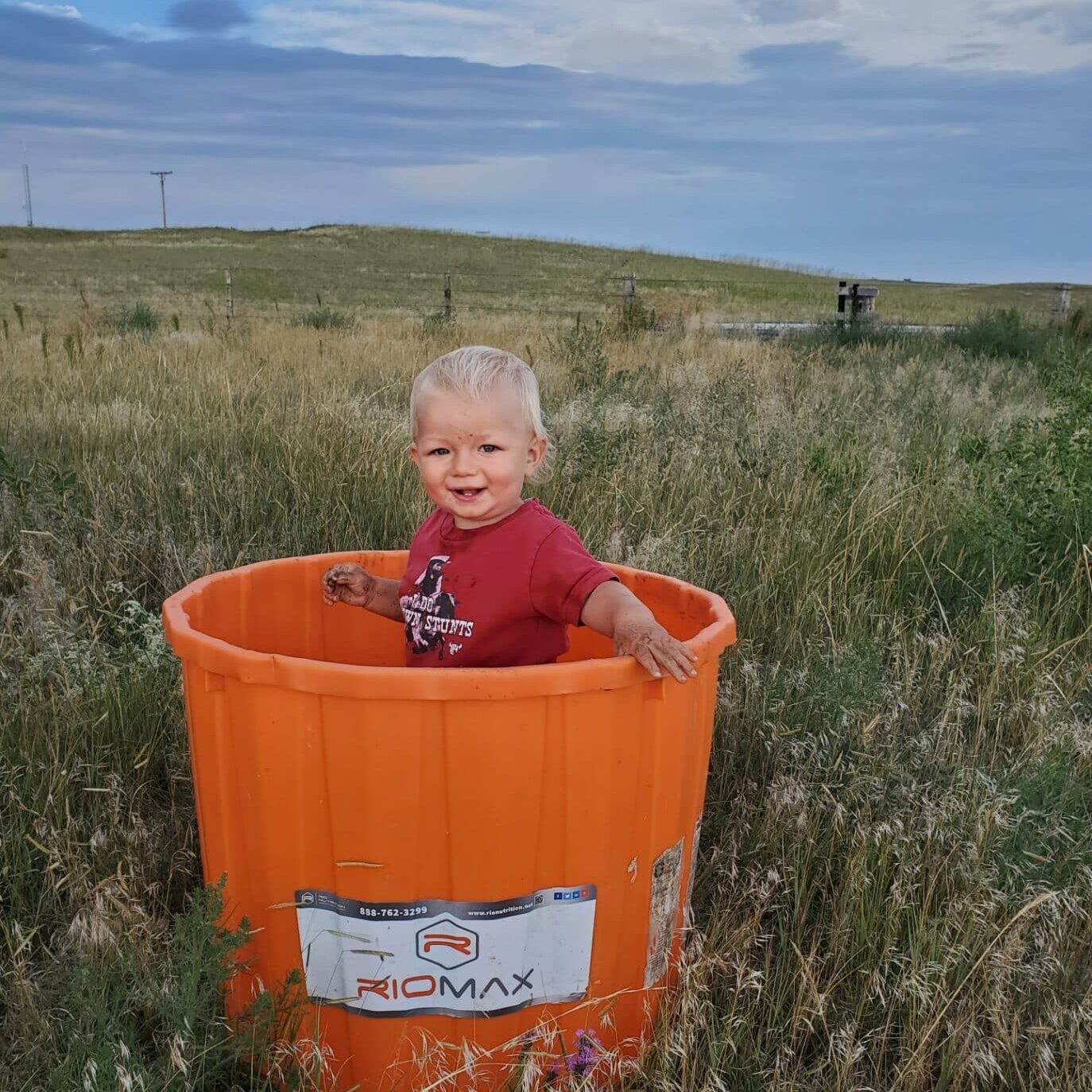
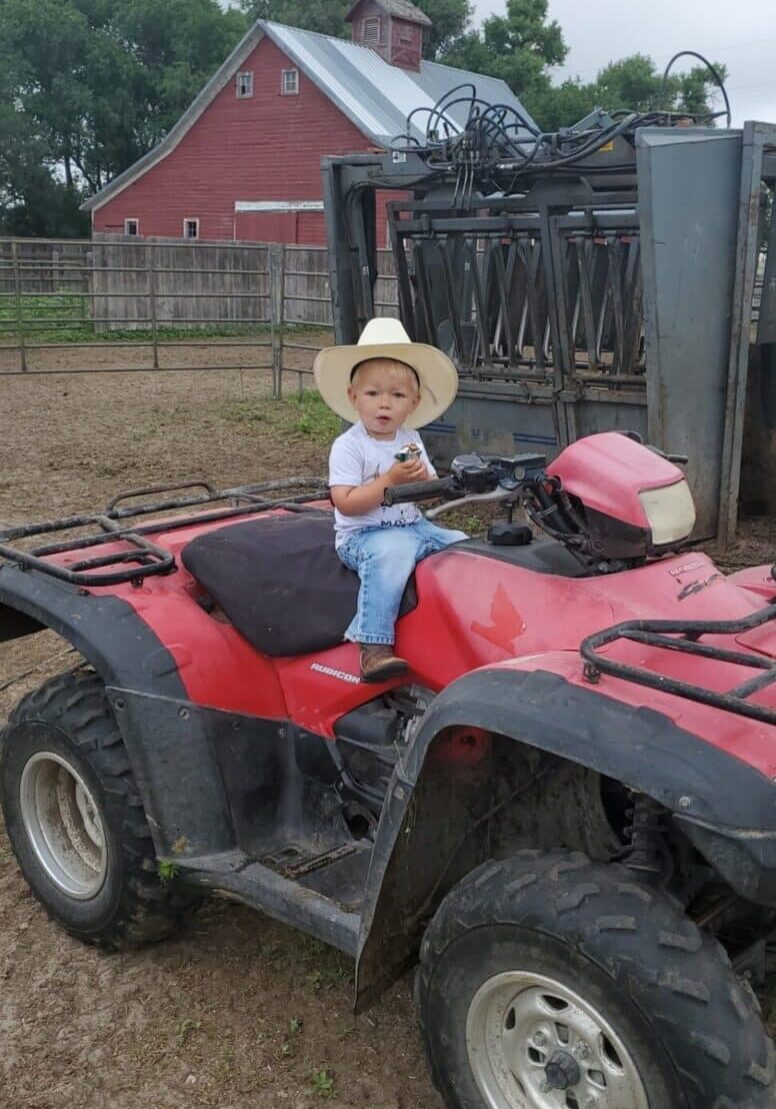
Work With the Environment, Not Against It
When asked what makes a good rancher, he pauses, considering. “I guess it would be a person who is more concerned about the land and the natural resources than just making money,” he replies. “There are a lot of things we can do to make an extra dollar, but some of those things are not good for the land, the environment.”
Instead, he advises young folks looking to get into ranching to work with the environment, not against it and develop cows that are fit for the environment they live in. Cows that are too big for the conditions will wean big calves, he says, “But my cows that are fit to my environment, that don’t need hay all winter, that don’t have to overgraze the pasture to get through the summer and can get it done, that’s worth a lot in the grand scale of things.”
With a forward-thinking mind tuned to stockmanship, the land and what’s best for his cattle, Tejral will continue to make his place in ranching. Who wants to bet that he won’t run on leased ground forever?


